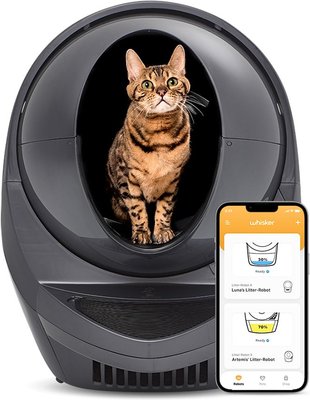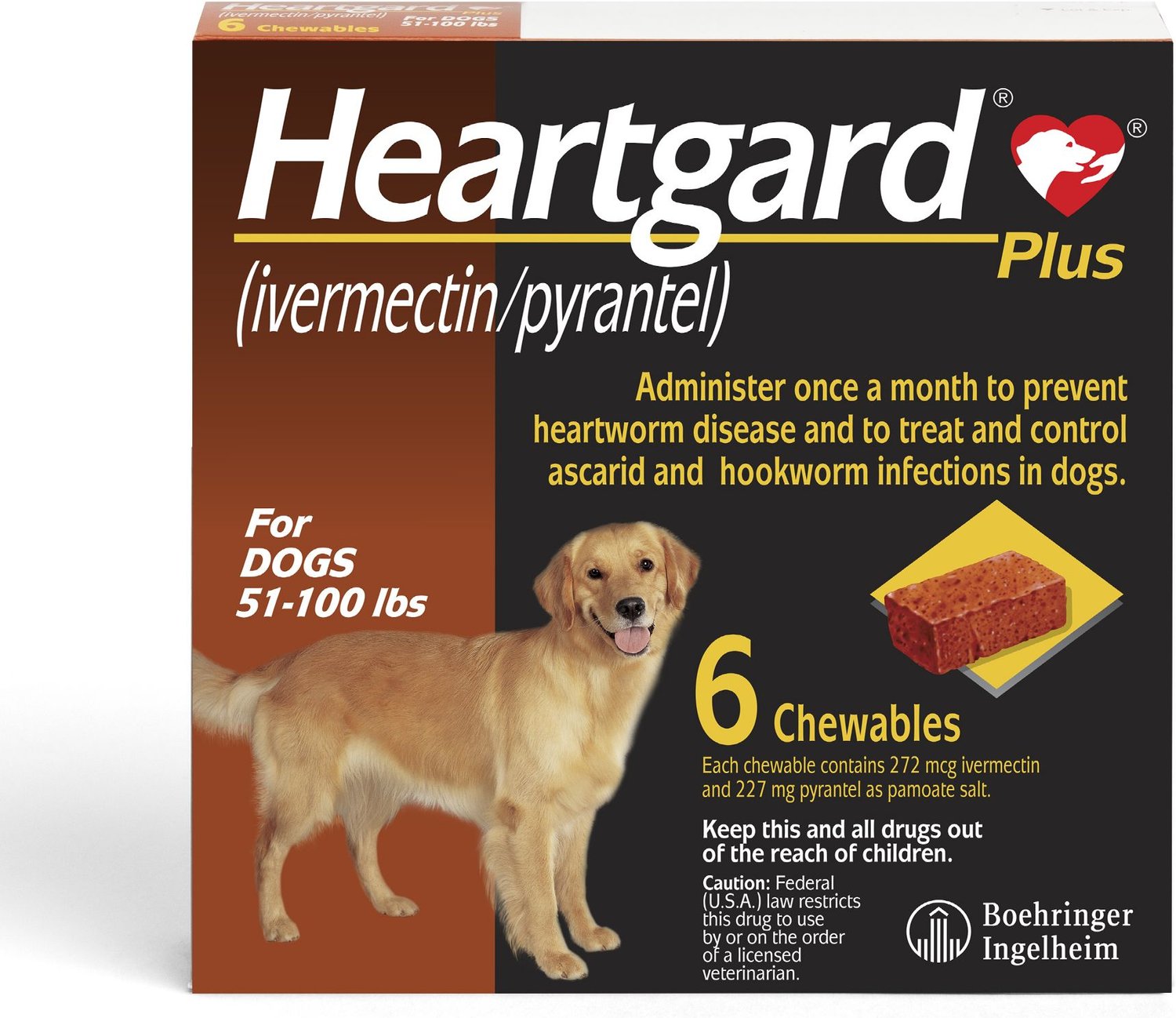Whisker Litter-Robot WiFi Enabled Automatic Self-Cleaning Cat Litter Box By Whisker
Take the work out of your kitty’s litter routine with the Litter-Robot WiFi Enabled Automatic Self-Cleaning Cat Litter Box!
Take the work out of your kitty’s litter routine with the Litter-Robot WiFi Enabled Automatic Self-Cleaning Cat Litter Box! This WiFi-enabled, self-cleaning litter box helps make cleaning up after your favorite feline a total breeze. The automatic and unique cleaning process sifts waste from the litter moments after your feline friend steps out of the unit. It features a carbon-filtered waste drawer—fully enclosed to help reduce those unpleasant odors that can linger after kitty goes. This innovative design also helps save you time and money by eliminating the need for scooping, reducing litter usage by up to 50 percent. The unit can even be monitored via the Connect app—giving you insight into usage and waste levels for easy maintenance. Just one of these efficient self-cleaning units can be used for up to four cats—giving each of your companions a purr-fectly clean pan of litter every time!
Key Benefits
- Self-cleaning litter box with unique process for sifting waste provides a fresh pan every time your little pal goes.
- Features an enclosed and carbon-filtered waste drawer to reduce unpleasant odors.
- Removes the need to scoop and reduces litter usage by 50 percent.
- Connect app lets you keep an eye on waste levels, get notifications and troubleshoot.
- One unit can support up to 4 feline friends.
Additional information
| Length | 24.25 inches |
|---|---|
| Width | 27 inches |
| Height | 29.5 inches |






by Kevin
We can all agree, litter boxes (and cats themselves about half the time) are gross. This makes them significantly less gross. Cuts the litter box smell down to basically nothing and throws everything into a bag for you. Made my anti-cat partner ok with one in the house.
by Davis
We got this for my grandpa as he moved into an assisted living facility. He is 89 and his beloved cat was allowed to move in with him as long as he could care for her (they judge care based on litter box odor). Since bending down and thoroughly scooping a litter box was a challenge for him we got him a Litter Robot and it has been so helpful! We don’t have to worry about any odor or him struggling to clean the litter box. We can monitor how full the waste tray is remotely via an app on our phones to make sure we get over there to clean the tray out on time. An added bonus – he enjoys showing off his fancy gadget to his new friends, they have nicknamed it “the spaceship”.
by Myranda
This robot has saved me so much time scooping litter. I have 9 cats and I have a few of these and it takes less than a minute to change the bag. Cleaning it is a hassle but honestly cleaning any litter box is. Whenever you have several cats its worth it for sure. I do turn mine on and off throughout the day just so they’re not going off constantly and its working out great so far.
by Gemini
I’ve had my LR3 for a little over a year at this point. While it is by no means perfect, it functions as advertised and has made my and my cats lives easier and better. That said, having this does not mitigate the need for multiple litter boxes completely, so if you have 3+ cats, your probably going to want to consider if you need it, and if you need to still have multiple, it might still be a good idea to have some other more simplified options. That said, for functionality, it does a great job. I have two cats, and they have very few issues with using it. I’m thankful for the cat sensor, because they often times get curious while it’s in a cleaning cycle, but the cat sensors work as advertised to prevent accidents. Additionally, it does give notifications through the app regarding cycling issues and when the tray is full. I definitely recommend it to a single cat home for ease of life, and since I am able, I plan to buy a second one very soon.
by Frisky
I think my title says it all – I love it – My 2 Maine Coons, Dumptruck and Ripple love it…What more can I say? My guys are big – 18 and 20 lbs…(I thought Dumpy was gonna be bigger at birth, hence the name…but then Ripple overtook him!) and they poop a lot! So…I have to change the bag about twice a week…Not Bad! Frisky
by Carolyn
I love this litter box! I’m a nurse which means somedays are longer than others and I hate leaving my cat by himself. It was a little tricky to setup but finally figured it out. Transitioning Benny into the Litter Robot was literally no work at all, he took right to it. It’s really simple to clean, just pull the bag out and replace it with a new one. Highly suggested to anyone that hates cleaning the litter box, or anyone that is away for a long time.
by Kimberly
I was looking for a solution to keep my puppy, who is smaller than my cats, out of the litter box. This box is pricey, but the cost of surgery on the puppy is more. It took a little bit for my cats to get used to it, but it works well and I’m not scooping litter twice a day.